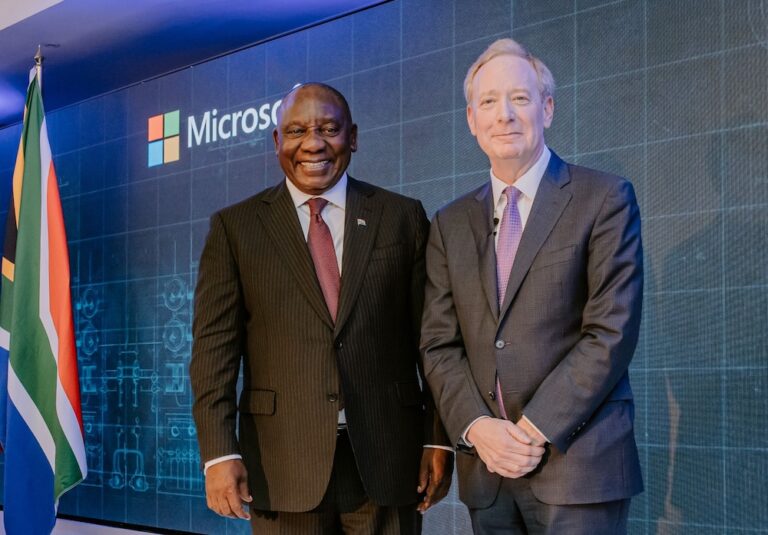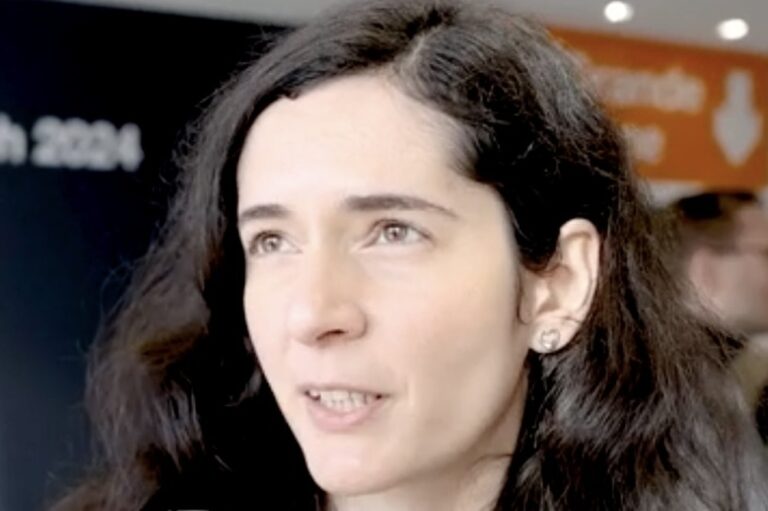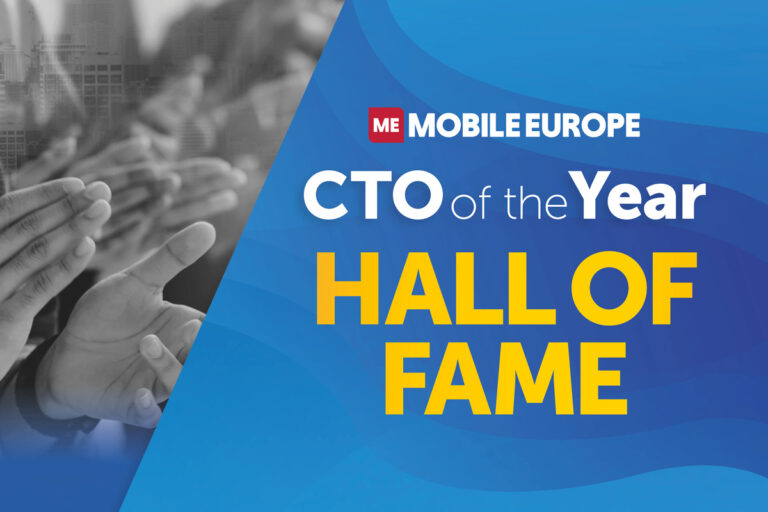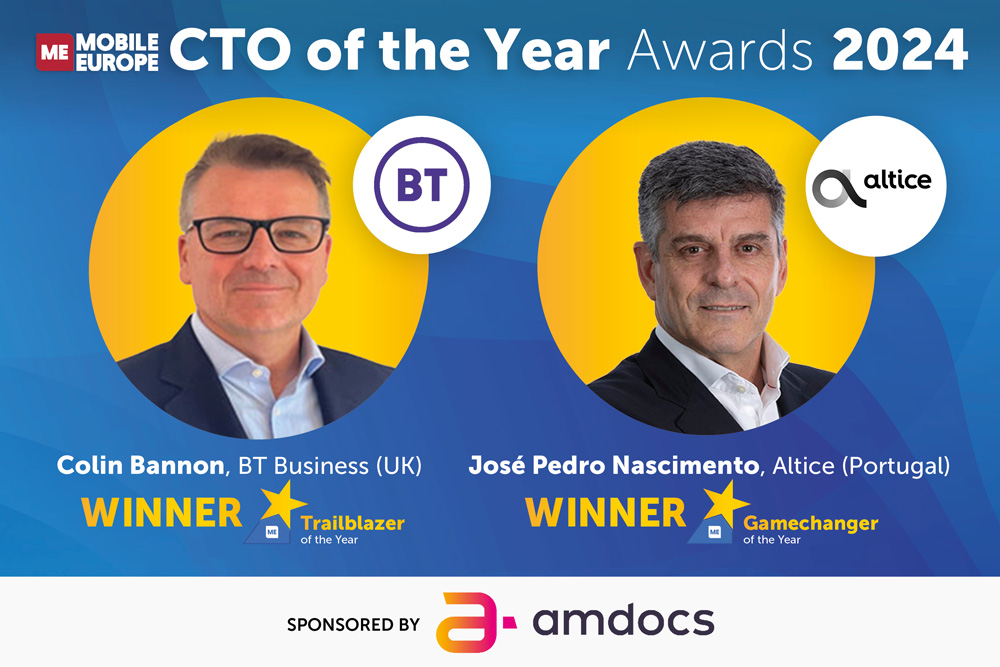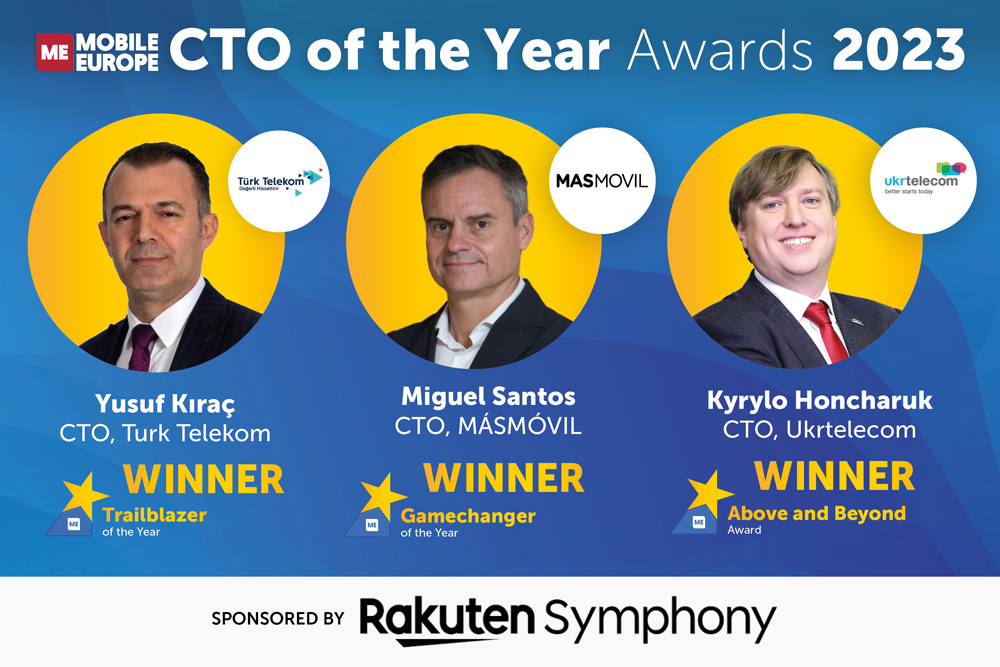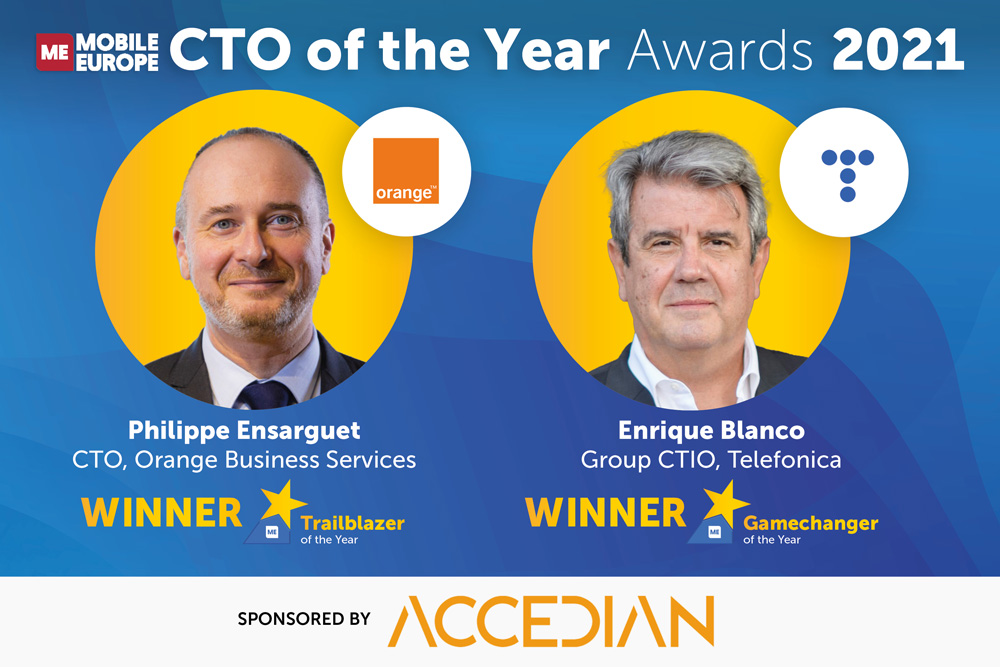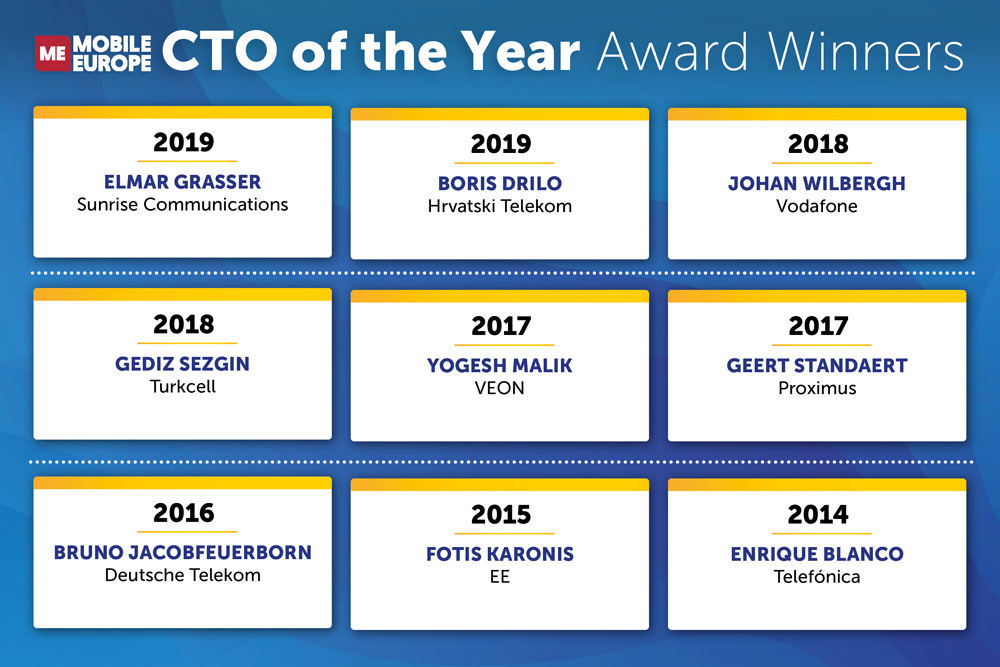Vodafone Business says it is “aligned with our plans for converged connectivity; it has potential to allow us to deliver secure, high-performance and resilient [NaaS]…”
Broadcom introduced VeloSky, a converged networking solution that enables service providers to integrate fibre, cellular and satellite connectivity through a single appliance. The idea is to give them access to new revenue streams and business models.
The VeloSky solution is based on VeloRAIN (for Robust AI Networking) architecture which, according to Broadcom has “unprecedented visibility, prioritization, and automation for enterprise networks—allowing organizations to operate more efficiently and deliver superior user experiences”.
Sanjay Uppal, VP and GM, VeloCloud Division, Broadcom, says, “By unifying diverse network underlays into a single, AI-optimized platform, service providers can deliver premium, differentiated services to enterprise customers while simplifying operations and accelerating time-to-revenue.”
Integrating wired and wireless networks by:
- prioritising critical traffic whether using one wired and one wireless connection, both wireless or wireless only, with dynamic multipath optimization (DMPO) directing traffic based on real-time performance metrics.
- managing bandwidth using Dynamic Application-Based Slicing (DABS) to allocate bandwidth dynamically, prioritising essential applications. Broadcom claims that as it uses network slicing based on industry standards, this ensures reliable performance, even when the network is congested.
- security features from Enhanced Firewall Services (EFS) for centralised, scalable protection with tools like intrusion detection and prevention, to URL filtering, L4-7 application-aware stateful inspection, malicious IP filtering, and traffic segmentation. External, legacy firewalls are no longer needed.
- simpler operations because VeloSky runs on a unified platform which integrates visibility and control for networking and security, reducing complexity, time and operational costs.
Multiple, multifarious networks
Fanan Henriques, Director, Products and International at Vodafone Business commented, “Vodafone Business recognizes the transformative potential of fixed wireless access in enabling enterprises’ adoption of advanced applications, including AI.
“Broadcom’s VeloSky solution is aligned with our plans for converged connectivity; it has potential to allow us to deliver secure, high-performance, and resilient ‘network as a service’ solutions that meet the dynamic demands of businesses today.”
Tilly Gilbert, Consulting Director and Edge Practice Lead at STL Partners, added, “As operators invest in technologies like network slicing and private networks to drive B2B growth, they must not overlook their core enterprise customers, for whom these solutions may not be viable.
“Enterprises prioritize reliability, and seamless converged connectivity not only strengthens this but also creates a more compelling and stickier proposition. By enabling dynamic networking capabilities such as prioritized traffic steering – without significant cost burdens – operators can enhance enterprise core connectivity while driving greater customer loyalty and value.”




